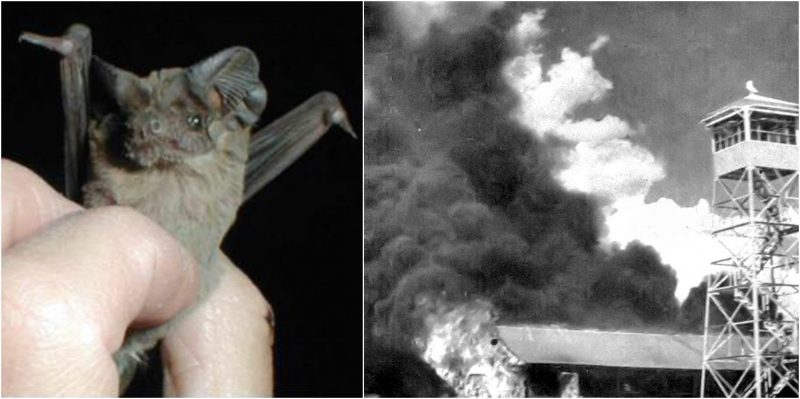No, this is not some weapon from the arsenal of Batman, it was a real experimental weapon that was created back in the 1940s.
During World War II, the United States were looking for an efficient method of dealing damage on Japanese cities so that they could hurt their economy badly and force them out of the war.
One of the ideas came not from a military engineer, but from a Pennsylvanian dentist named Lytle S. Adams, who happened to be a friend of First Lady Eleanor Roosevelt.
After doing his research, Adams noticed that most of the Japanese building were constructed out of materials such as wood, bamboo, and paper and therefore very easy to burn. He also observed that bats are creatures that tend to hide in dark and hardly accessible places, such as the eaves and attics of buildings. Adams’s plan was to deploy thousands of incendiary bomb-carrying bats over Japanese cities. The bats would then spread upon release and randomly hide in many different targets (buildings) in a wide area.
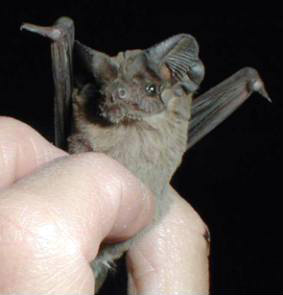
Adams submitted his plan to the White House in January 1942. After consulting with military experts, President Roosevelt decided to approve the plan. The idea looked good on paper, and the military was eager to test it. It turned out that bats were perfect for bomb deployment because of several biological reasons: first of all, they could be found in large numbers all over the United States; after some load-carrying tests it was concluded that they could carry more than their own weight while flying; bats were hibernating and while in the hibernation phase they don’t need any food; and fourthly, they fly in the dark then hide in buildings during the daytime.
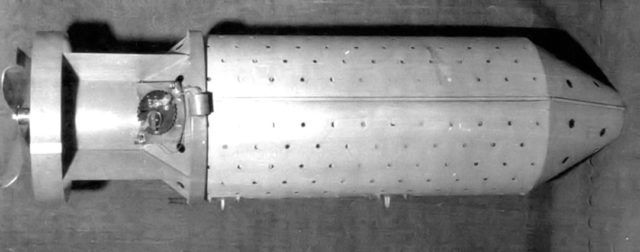
The army started working on the bat bombs under the codename “X-Ray.” By March 1943, they chose the best bat species for the task at hand, a Mexican Free-tailed Bat. The bat bomb was designed as a bat carrier in the shape of a bomb casing with 36 stacked trays. Each tray had compartments for 40 bats.
The task of making the incendiary devices for the bats was given to Louis Fieser, the inventor of military napalm, who designed 0.6 ounces (17 g) and one ounce (28 g) models of the device. It was planned that the bat carrier would be dropped from 5,000 feet (1,525 m), then the trays would be ejected but connected to a parachute that would deploy at 1,000 feet (305 m). The army’s assault plan was to deploy bat bombs using ten B-24 bombers, each carrying 100 bat carrier shells and ultimately releasing 1,040,000 bat bombs over the target city.
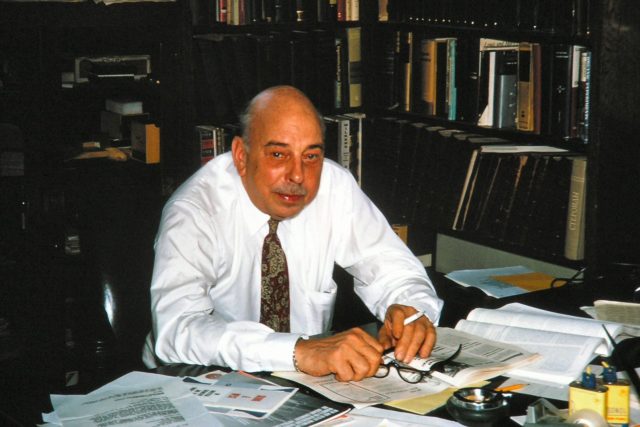
Later in 1943, the military began to test the bat bombs to check their efficiency. In one incident during testing, the Carlsbad Army Airfield Auxiliary Air Base near Carlsbad, New Mexico, was set on fire after a unit of armed bats was released by mistake. The bats managed to hide under a fuel tank and set it on fire.
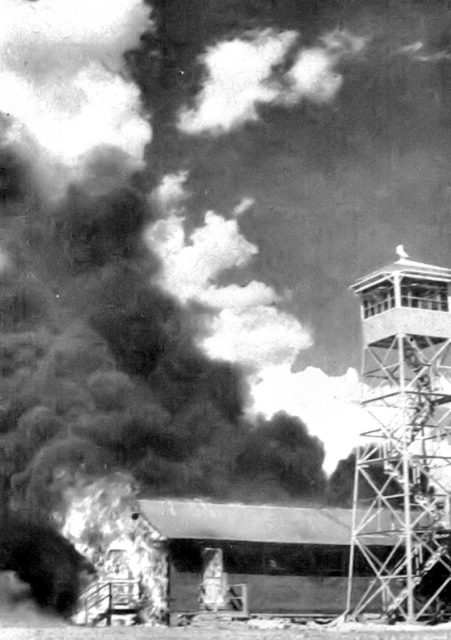
This accident by itself was a real proof of the efficiency of the bombs. Never the less, tests continued, and the last one was made on the “Japanese Village” complex at the Dugway Proving Grounds test site in Utah, a mock Japanese city built by the Chemical Warfare Service.
The results of this test looked promising for the new weapon. One of the chiefs of testing at the facility stated:
“A reasonable number of destructive fires can be started in spite of the extremely small size of the units. The main advantage of the units would seem to be their placement within the enemy structures without the knowledge of the householder or fire watchers, thus allowing the fire to establish itself before being discovered.”
According to the Chief Chemist at the Dugway Proving Grounds, the bat bombs were more effective than any other incendiary bomb at that time. If a conventional incendiary bomb could cause around 167 to 400 fires, a single casing of bat bombs could cause 3,625 to 4,748 fires.
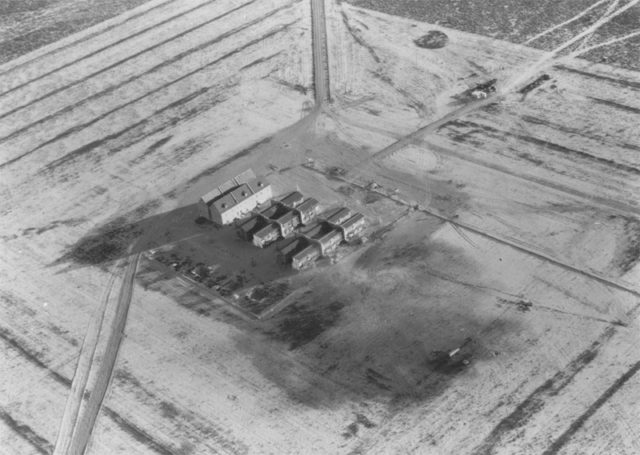
Few more tests of the bat bomb were scheduled for 1944, but Fleet Admiral Ernest J. King decided to cancel the project because he thought it was developing too slowly. The bats were outrun by a new highly destructive weapon that was going to put a quick end to the war – the Atomic Bomb.
Dr. Adams, who gave the idea for the bat bomb, held onto his opinion that his weapon would have been a better solution, one that wouldn’t have had the devastating aftermath of the atomic bombs that were thrown in Hiroshima and Nagasaki.
Luckily, this weapon remained experimental. It was never used on the battlefields, and it never caused the loss of innocent human and animal life.
